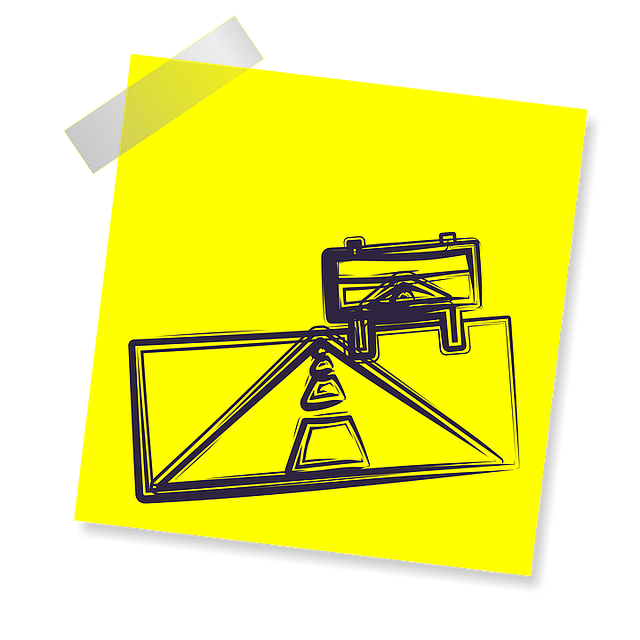An Enterprise Transformation Roadmap is like the GPS directions go from the point of departure to the point of arrival. Business transformation is an often used word for everything from replacing a printer cartridge, and the word diminishes in value with overuse. However, a true enterprise transformation is a fundamental change in the way things to a better way forward – way better! Today, in addition to globalization and demographic shifts, the advent of digital has accelerated the pace and volume of enterprise transformations. Business transformation roadmaps have become the compass to guide a firm step-by-step to achieve the desired state.
How to draft an enterprise transformation roadmap?
Acknowledge the Need for Transformation
Crafting an enterprise transformation roadmap starts with the acknowledgment that something is broken and needs fixing. Alternatively, that remaining static in a dynamic world is not an option. To survive and then thrive companies have to be in a constant state of change. Identify the key external drivers and internal factors necessitating the change. The idea is not to generate a laundry list, but a set of compelling and cohesive facts that justify the proposed change in direction.
However, a true enterprise transformation is a fundamental change in the way things to a better way forward – way better! Business transformation roadmaps have become the compass to guide a firm step-by-step to achieve the desired state.
Understand the Current State
Knowing where you and what is broken is a significant step. The current situation assessment should not be a general acknowledgment of saying, “we need better customer experience.” Instead, for example, it should be identifying in particular terms what are the limitations, impediments, bottlenecks in the way customer experience works today. Alternatively, instead of saying, “our accounts payable sucks,” it is imperative to identify the lacunae in actionable detail.
Paint the Future State
For a transformation, the future state should not be about incrementalism. If that were the case, the traditional Kaizen or continuous improvement would do the trick. Transformation should be about some leapfrogging, and hence it should involve a foundational change to one or more of the key pillars of an enterprise – people, process, capabilities, technology, and information.
Perform a Gap Analysis
What is the gap between your desired future state and the current situation? If you can document this difference in actionable detail, it will help in formulating a well-thought-out game plan. Identify and document gaps at a business capability level.
Generate a Transformation Roadmap
Now we come to the real roadmap. The enterprise transformation roadmap should comprise of the following deliverables:
- An approach or a framework on how the firm will embark on and execute the change.
- A work stream by work stream breakdown of key initiatives and outcomes
- A timeline from beginning to the end. A GANTT chart would be an ideal format.
- A list of quick wins.
- High-level ROM (Rough order of magnitude estimates)
- High-level sequencing and phases based on initial understanding of dependencies and capacity constraints
CIOPages.com offers enterprise transformation roadmaps at a functional level. These strategy documents and roadmaps are industry agnostic and are meant to be a starting point for customizing and modifying to the needs of an enterprise.
Please review and consider the following as your firm embarks on a functional transformation.
Data Analytics and Business Intelligence Transformation Roadmap
Project Management Transformation Roadmap
Marketing Transformation Roadmap
Finance and Accounting Transformation Roadmap
CRM Transformation Roadmap
HR Transformation Roadmap
Procure to Pay Transformation Roadmap
